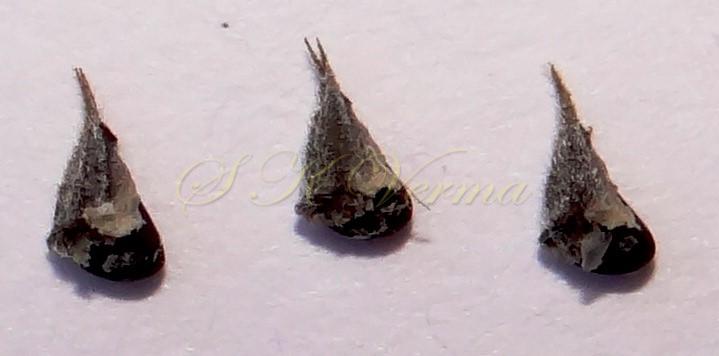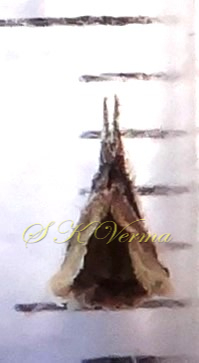SIDA
Sida
L., Sp. Pl. 683. 1753; Gen. Pl. 5: 306. 1754; 1867; Boiss, Fl. Or. 1: 835; 1867; Masters in Hook. f., Fl. Brit. India 1: 322. 1875; Hu, Fl. China Fam. 153: 13. 1955; Bross., Blumea, 14(1): 177 1966; Hutch., Gen. Fl. Pl. 2: 560. 1967; Fl. China @ eFloras.org 12: 270; Fryxell & Hill, Fl. North Amer. @ eFloras.org vol. 6; Fl. Pak. @ eFloras.org p. 76.
Herbs perennial or annual, subshrubs or shrubs, most parts covered with stellate, simple or glandular hairs. Leaves simple, alternate, subsessile to long petiolate, stipulate, stipules thread-like to lanceolate; leaf blade entire (sometimes lobed), margin usually dentate, without foliate nectaries. Flowers actinomorphic, bisexual, 5-merous, hypogynous, axillary, solitary, fasciculate, raceme or panicle by reduction of leaves; sessile or pedicellate. Epicalyx generally absent. Calyx campanulate or cup-shaped, 5-lobed, often 10-ribbed basally. Petals 5, free, basally connate, corolla mostly yellow (rarely white or +/- orange), sometimes with a darker center. Stamens many, monoadelphous; staminal tube usually included, hairy or glabrous, divided above into numerous antheriferous filaments (or many anthers at the apex). Carpels 5-10(-14); ovary as many locular as the number of carpels, each loculus 1-ovuled; style branches the same number as that of carpels; stigma capitate. Fruit schizocarpic, usually globular or disc-shaped, pubescent or glabrous, mericarps (4-)5-10(-14), mericarps awned or muticous, reticulate or smooth, dehiscent or indehiscent. Seeds 1 per mericarp, smooth, glabrous except sometimes minute hairs around hilum.
275 species
Sida cordata
Sida cordata
(Burm. f.) B. Waalkes, Blumea 14: 182. 1966; Sharma & Kachroo, Fl. Jammu (Illustr.) 2: t. 37. 1983; Singh & Sharma, Fl. Chamba Dist. 196. 2006; Kaur & Sharma, Fl. Sirmaur 172. 2004; Fl. China @eFloras.org 12: 274; Fl. Pak. @eFloras.org p.77; Melochia cordata Burm. f., Fl. Ind. 143. 1768; Sida veronicifolia Lam., Encycl. 1: 5. 1783; Parker, For. Fl. Punj. ed. 3. 33. 1956; S. humilis Willd. var. veronicifolia (Lam.); Masters in Hook. f., Fl. Brit. Ind. 1: 322. 1875.
A perennial much branched herb or undershrub, branches erect but usually prostrate or trailing, more or less stellate hairy. Leaves alternate; petiole ca. 1 cm long, stellate hairy; blade 2-6 cm x 1.5-8 cm, ovate or suborbicular, cordate, acute or acuminate, crenate- serrate, thin, membranous, veins on lower surface stellate hairy, green beneath, 5-7-nerved; Flowers actinomorphic, bisexual, 5-merous, hypogynous, 4-5.5 mm long, ca. 1 cm across, yellow, axillary, on solitary peduncles, peduncles 1.2-3.7 cm long, slender, jointed at or just above the middle. Epicalyx absent. Calyx ca. 5 mm long, hairy, 5-angled, more or less campanulate; tube 3 mm long; lobes ca. 2 mm long, lobes triangular, acute or acuminate. Petals 5, connate; corolla ca. 7 mm long, slightly exceeding calyx and ca. 1 cm across, yellow, petals obovate, sparsely glandular hairy; corolla adnate to the staminal tube. Stamens many, monoadelphous; staminal tube 4-5 mm long dividing at top into numerous antheriferous filaments, anthers +/- 0.6 mm long. Carpels 5, syncarpous; ovary 5- locular, each locule with 1 ovule; styles as many as carpels; stigmas terminal, capitate. Fruit schizocarpic, globose, depressed, enclosed in calyx; mericarps 5, 3.5 mm long, smooth, blunt or with a small 2-lipped (unequal) beak ca. 1 mm long. Seeds +/- 2 mm x 3 mm, broadly ovate to obovate, smooth, brownish-black.
Common Names: Long-stalk Sida, Heart-Leaf Sida, Country Mallow, Flannel weed, Heartleaf Fanpetals; Bhuini (Hindi)
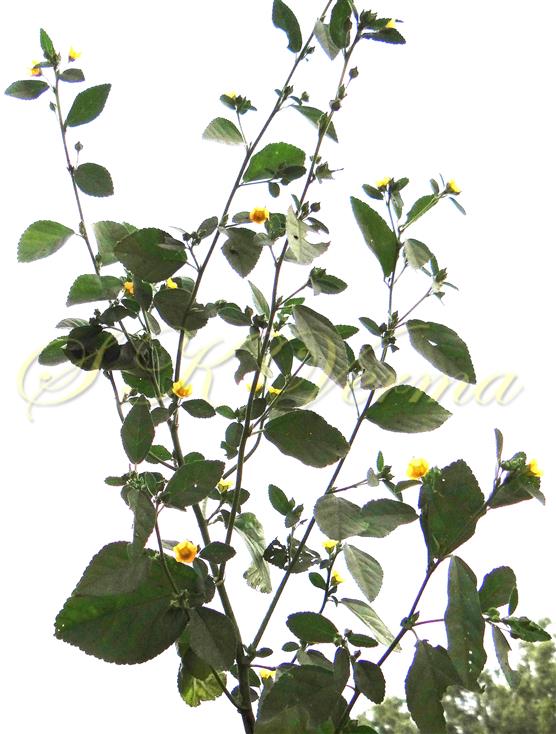
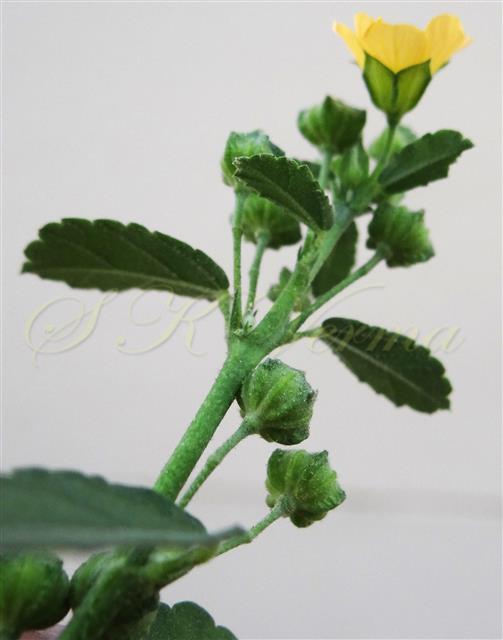
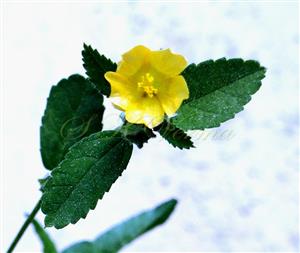
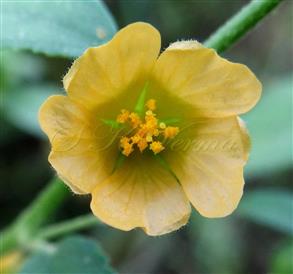

-DSC00705.jpg)









-DSC00705.jpg)
